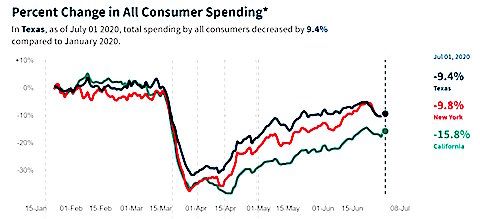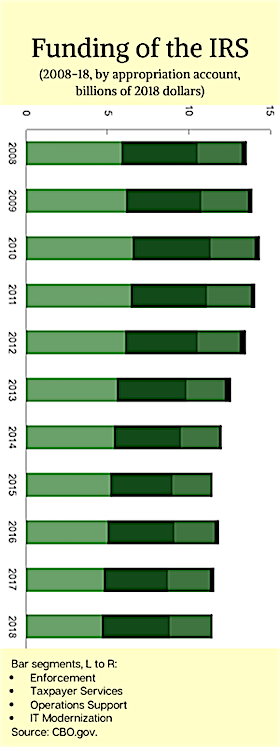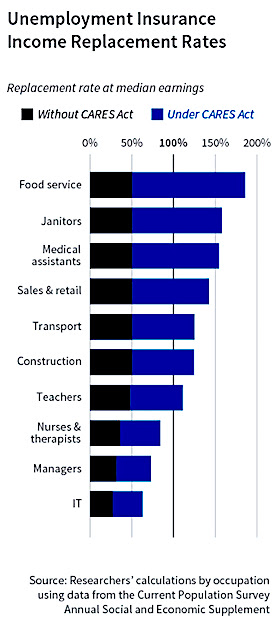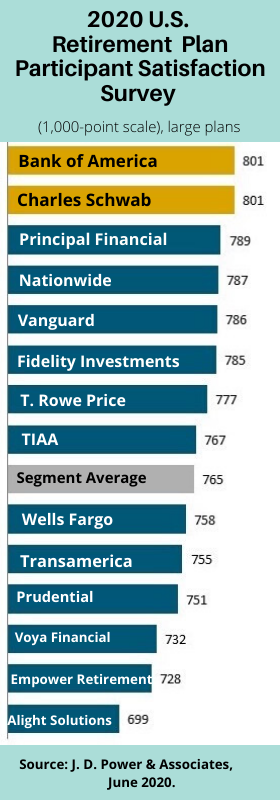
When private equity (PE) firms like Guggenheim, Apollo, and Goldman Sachs bought struggling life/annuity businesses at bargain prices after the 2008 financial crisis, they strode into the insurance industry with a certain Wall Street swagger.
As the PE firms grabbed blocks of in-force annuities, they radiated a self-assurance that their big-city risk-wrangling skills would enable them to squeeze more yield out of general account assets than long-established life insurers ever did.
But how would they do it, exactly? Were they smarter? Did they have more chutzpah? The evidence suggests that at least one way they outperformed was by exploiting a regulatory measure, created on an emergency basis to prevent fire sales during the 2008-2009 crisis but never withdrawn, which reduced the capital requirement for one particular class of troubled securities.
In a research paper published early this month, Natasha Sarin, who teaches financial regulation at the Wharton School, and Divya Kirti of the International Monetary Fund, present the results of examining the asset purchases by new PE-led insurance companies during the period from 2009 to 2014.
In their paper, “What Private Equity Does Differently: Evidence from Life Insurance,” Sarin and Kirti show that after PE firms acquired insurance companies, they loaded up on “non-agency residential mortgage-backed securities”, or RMBS—knowing that their capital requirements had been lowered. [“Non-agency” means not issued by Fannie Mae or Freddie Mac and not guaranteed by the U.S. government.]
In November 2009, regulators at the National Association of Insurance Commissioners (NAIC) decided to help insurers who were holding lots of suddenly downgraded non-agency RMBS. They allowed the insurers to hold the RMBS on their books at a reduced value reflecting the expected loss (as estimated by PIMCO and BlackRock for the NAIC) but not at an increased risk of loss.
This regulatory change, Sarin and Kirti say, prevented beleaguered life insurers from dumping their RMBS on the market in droves, or facing the prospect of having to raise capital to support the risky assets. At the time, there were some 18,000 RMBS outstanding, all difficult to put a value on.
A PE firm, once it had acquired a life insurer (between 2009 and 2014), immediately seized on this arbitrage opportunity by investing heavily in RMBS—acquiring large amounts of them at depressed prices but without elevated capital requirements.

Natasha Sarin
The NAIC capital requirements for insurance company assets range from very low for top-rated bonds to very high for lower-rated bonds, Sarin told RIJ. The highest rating is NAIC-1. But things changed during the Great Recession when the NAIC decided to give the insurance industry some relief.
“NAIC-1 used to be just AAA-rated bonds, but that’s not true any more,” she said. “[After the rule change], if you have $100 of mortgage-backed securities with a five percent risk of default, you can hold it at a value of $95 and have the same capital requirement as a $95 AAA bond with no chance of default. You’re conflating an expected loss with guaranteed loss, and it can’t possibly be true that both should have the same capital requirements, because the underlying risks are different.”
Sarin and Kirti reached their conclusions after comparing the investment activity of PE-owned and non-PE-owned insurers. “For many PE-owned insurers in our sample, we observe that immediately after a PE firm takes over, the insurer shifts—within just a few days—to take advantage of the NAIC treatment of non-agency mortgage-backed securities,” she said. None of the PE-led life insurers are named in the paper.
Using the regulatory change—which still exists after more than 11 years, but still only for non-agency residential and commercial mortgage-backed securities—made a significant difference in capital requirements.
“On average,” the authors wrote, “PE-owned insurers’ capital charges across all bond holdings are 20% lower than they would have been absent the crisis-era regulatory change. For subsidiaries of two of the largest PE groups in our sample, capital charges are only half the level that would have been previously required.”
The research also showed that the ability to spot an arbitrage opportunity and act quickly was the main difference between PE-led and non-PE life insurers. “Beyond this capital arbitrage, we find no evidence that PE firms display any specialized investment skill in portfolio allocation, nor is there evidence that they deliver operational improvements,” the paper said.
The authors make the bold assertion that PE-led insurers may be over-rated by ratings agencies. “Were capital charges still assigned based on underlying bond risk, government intervention to address capital deficiencies could have been triggered for a quarter of PE-backed insurers,” they wrote.
“This risk appears to be missed by rating agencies: Many PE-backed insurers are rated A- to B++; ratings that fully accounted for their junk bond holdings would be several notches lower and among the lowest in the industry.”
“This is a concern for us, and we’re monitoring it closely,” an NAIC spokesperson told RIJ this week. “The original idea was that you don’t want to see a fire sale. So we said, if you write your security down to 50 cents on the dollar, the capital charge will be applied to the book value, not to the par value or purchase price. We’re concerned, but the situation is not as dire as they paint it in the paper.”
Today, the 2009 regulatory change for non-agency RMBS and CMBS (commercial mortgage-backed securities) is still on the books. The ruling doesn’t affect other asset-backed securities that PE-owned life insurers have been investing in, such as collateralized loan obligations or CLOs. These are bundles of auto loans or other consumer loans. Life insurers typically buy the higher-rated tranches.
The NAIC recently completed a study of CLO ownership by U.S. life insurers. RIJ will be reporting further on the private-equity-led life insurers and CLOs in the weeks ahead.
© 2020 RIJ Publishing LLC. All rights reserved.


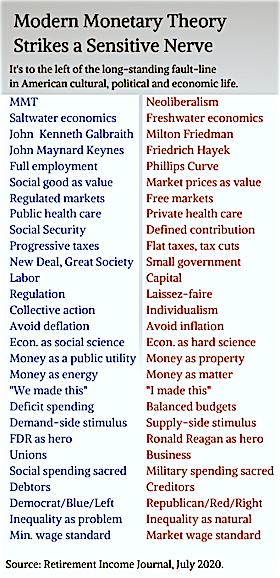


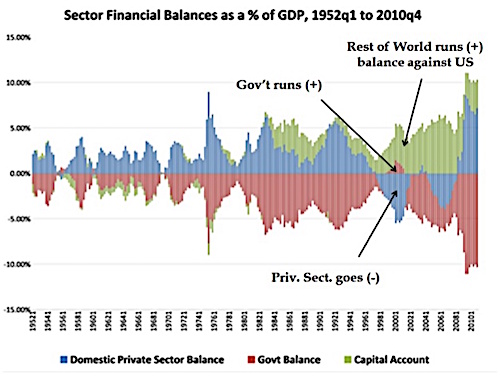
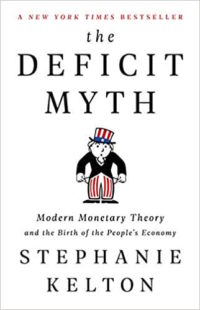 Philosophically, MMT’s polar opposite is be the “Austrian School” of economics, which is based on the work of Ludwig von Mises and Friedrich Hayek. Austrians tend to believe in holding gold. In a recent blog post about MMT, the Institute’s president, Jeff Diest, accused its advocates of promoting the seductive but illusory idea that governments can legislate prosperity.
Philosophically, MMT’s polar opposite is be the “Austrian School” of economics, which is based on the work of Ludwig von Mises and Friedrich Hayek. Austrians tend to believe in holding gold. In a recent blog post about MMT, the Institute’s president, Jeff Diest, accused its advocates of promoting the seductive but illusory idea that governments can legislate prosperity.

